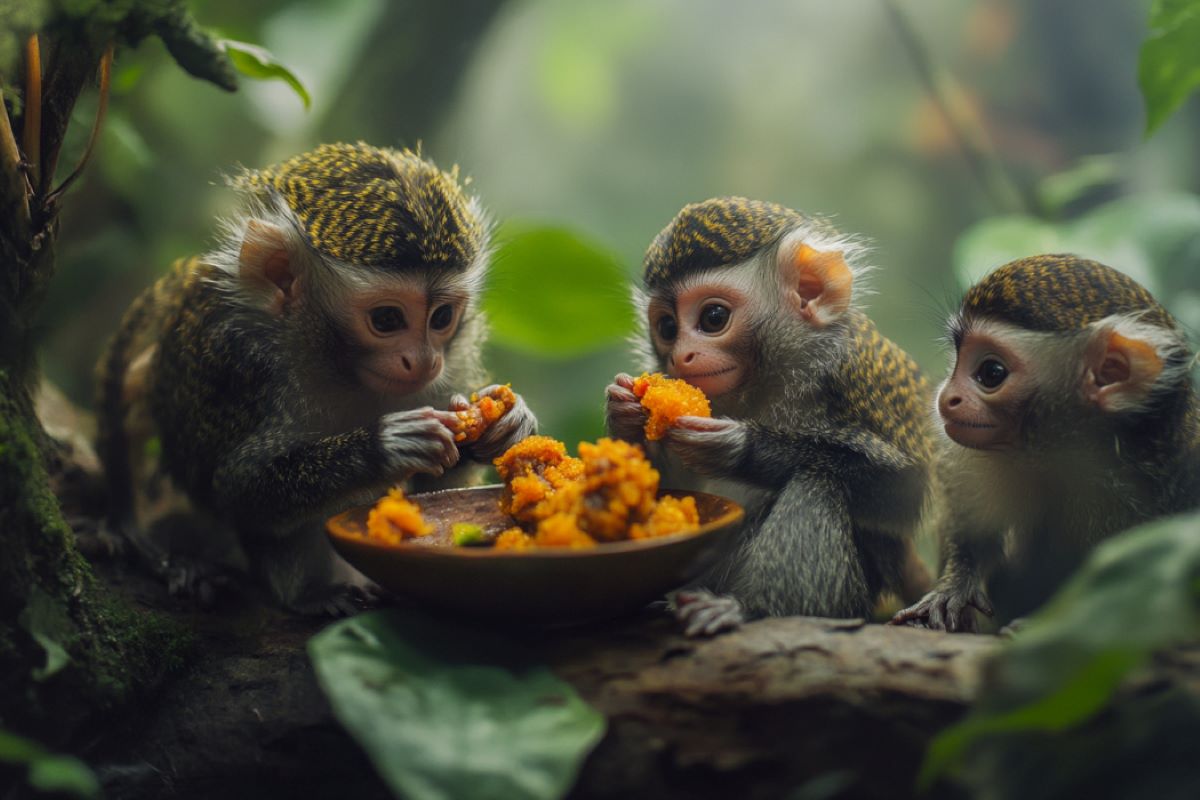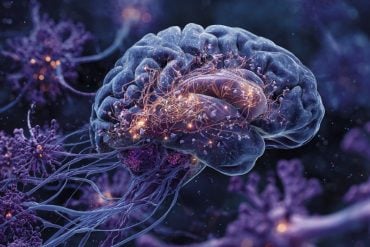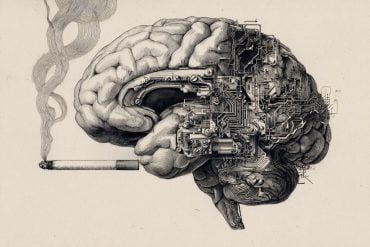Summary: Cooperative breeding influences brain development in common marmosets and humans, allowing longer periods for social learning. Marmoset brains, like human brains, develop socio-cognitive regions slowly, maturing in early adulthood. This extended development period supports advanced social skills like prosociality and cooperation.
Care from multiple caregivers from birth significantly affects brain structure, shaping socio-cognitive abilities. The findings highlight marmosets as a key model for understanding human social evolution. Insights suggest that early-life social experiences may be central to humans’ unique social behaviors.
Key Facts:
- Marmoset brains develop social regions slowly, like human brains.
- Cooperative caregiving from birth shapes socio-cognitive abilities.
- Marmosets serve as a model for studying human social brain evolution.
Source: University of Zurich
The development of primate brains is shaped by various inputs. However, these inputs differ between independent breeders, such as great apes, and cooperative breeders, such as the common marmoset (Callithrix jacchus) and humans. In these species, group members other than the parents contribute substantially to raising the infants from birth onwards.
A group of international researchers led by Paola Cerrito from the University of Zurich’s Department of Evolutionary Anthropology studied how such social interactions map onto brain development in common marmosets.

The study provides new insights into the relationship between the timing of brain development and the socio-cognitive skills of marmosets, in particular their prosocial and cooperative behaviors.
Prolonged learning from social interactions
The research team analyzed brain development using magnetic resonance data and showed that in marmosets, the brain regions involved in the processing of social interactions exhibit protracted development – in a similar way to humans.
These brain regions only reach maturity in early adulthood, allowing the animals to learn from social interactions for longer.
Like humans, immature marmosets are surrounded and cared for by multiple caregivers from birth and are therefore exposed to intense social interaction.
Feeding is also a cooperative business: the immature animals are fed by group members and as they get older, they have to beg for food because their mothers are already busy with the next offspring.
According to the study, the need to elicit care from several group members significantly shapes brain development and contributes to the sophisticated socio-cognitive motivation (and observed skills) of these primates.
A model for human evolution
Given their similarities with humans, marmosets are an important model for studying the evolution of social cognition.
“Our findings underscore the importance of social experiences to the formation of neural and cognitive networks, not only in primates, but also in humans,” explains Cerrito.
The early-life social inputs that characterize infants’ life in cooperatively breeding species may be a driving force in the development of humans’ marked social motivation.
“This insight could have an impact on various fields, ranging from evolutionary biology to neuroscience and psychology,” adds Cerrito.
About this neurodevelopment and evolutionary neuroscience research news
Author: Rita Ziegler
Source: University of Zurich
Contact: Rita Ziegler – University of Zurich
Image: The image is credited to Neuroscience News
Original Research: Open access.
“Neurodevelopmental timing and socio-cognitive development in a prosocial cooperatively breeding primate (Callithrix jacchus)” by Paola Cerrito et al. Science Advances
Abstract
Neurodevelopmental timing and socio-cognitive development in a prosocial cooperatively breeding primate (Callithrix jacchus)
Primate brain development is shaped by inputs received during critical periods. These inputs differ between independent and cooperative breeders: In cooperative breeders, infants interact with multiple caregivers.
We study how the neurodevelopmental timing of the cooperatively breeding common marmoset maps onto behavioral milestones.
To obtain structure-function co-constructions, we combine behavioral, neuroimaging (anatomical and functional), and neural tracing experiments.
We find that brain areas critically involved in observing conspecifics interacting (i) develop in clusters, (ii) have prolonged developmental trajectories, (iii) differentiate during the period of negotiations between immatures and multiple caregivers, and (iv) do not share stronger connectivity than with other regions.
Overall, developmental timing of social brain areas correlates with social and behavioral milestones in marmosets and, as in humans, extends into adulthood. This rich social input is likely critical for the emergence of their strong socio-cognitive skills.
Because humans are cooperative breeders too, these findings have strong implications for the evolution of human social cognition.






